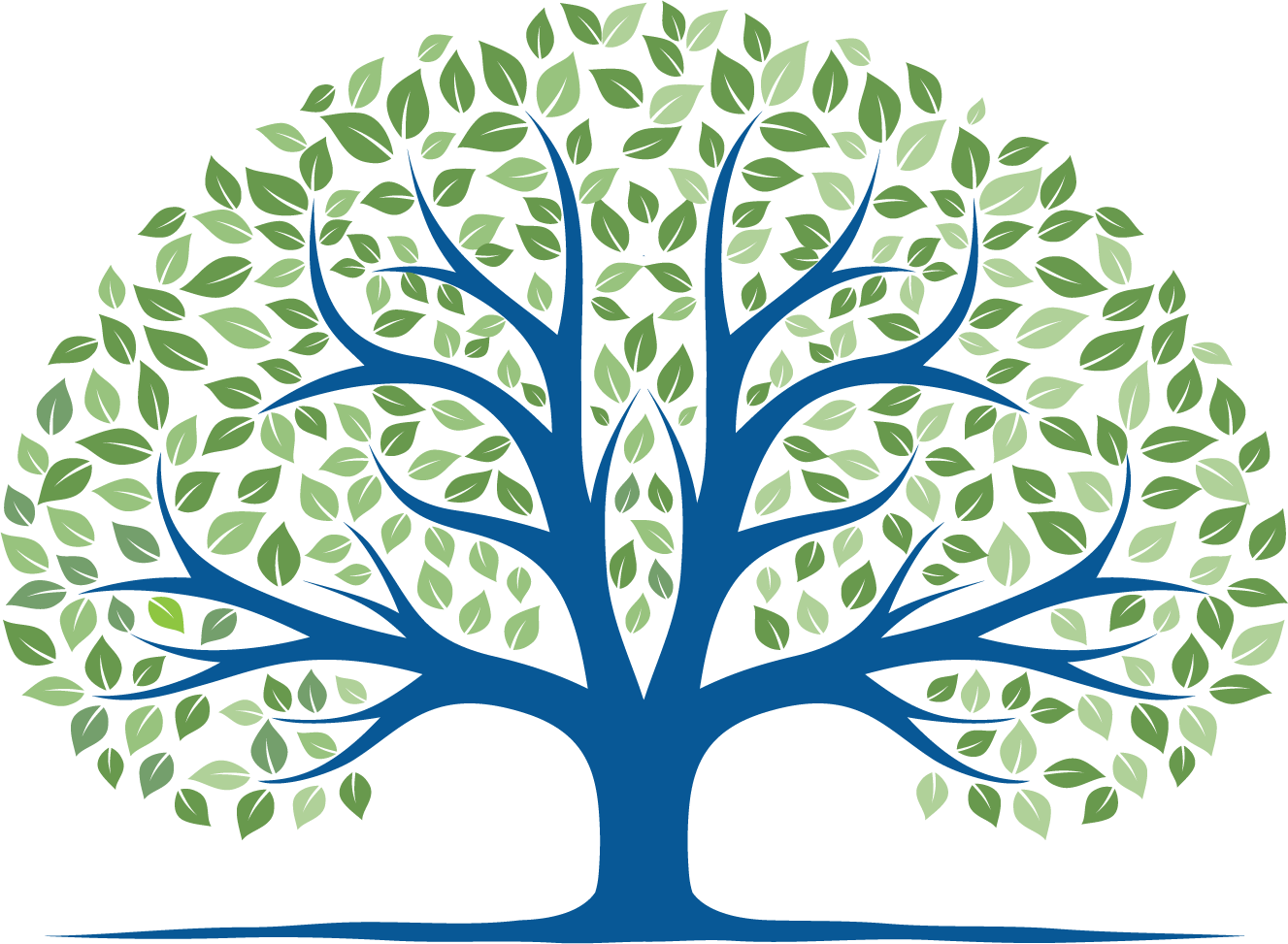Many older Canadians have much of their wealth tied up in their homes, and some have poor cash-flow.
I recently met a woman at one my estate planning seminars in Toronto who told me that she was seriously looking at borrowing money to improve her cash-flow by using a CHIP reverse mortgage.
Sarah, not her real name, is an 84 year old widow with no close family, who lives in a small house in a good neighbourhood in Toronto. Her house is likely worth $800,000. She has few options to increase her income, and remain living in her house with her cat Lilly.
The first advice I gave Sarah was to think about selling her house and using the capital to buy a life annuity that would provide sufficient income to pay her rent in an assisted-living facility near where she lives. That suggestion went over like a lead balloon. Sarah has no interest in selling and moving. At 84 she is still driving, is mentally fit and happy to stay where she is.
There are really only two commercial options to borrowing for people like Sarah. She can apply for a line of credit from the bank or use a reverse mortgage. The main difference between the two is that interest needs to be paid on the line of credit whereas the interest on the reverse mortgage does not. The interest owing on a reverse mortgage accumulates and is paid to the lender with the principal when the property is sold.
A life annuity income is a good choice for Sarah. Borrowing to purchase a life annuity will give her a guaranteed income for as long as she lives. Borrowing to invest in GICs doesn’t make sense and risking capital in the stock market at her age is not really an option.
A $100,000 life annuity, with a 6-year guarantee, for an 84-year-old female will generate $910.47 per month or $10,925.88 annually after tax. (The annuity qualifies for prescribed taxation and there is no taxable portion for an 84-year-old woman, this will change after January 1, 2017 when the new mortality tables come into effect).
If we assume a 4.5% cost of borrowing for the reverse mortgage, i.e. $4,500 compounded annually but receiving $10,925.88 of tax-free income, I can see how the cash-strapped senior finds this attractive.
In Sarah’s case, she will only be charged interest on what she borrows according to the reverse mortgage rules. Sarah’s house might qualify for a $400,000 but she does not need to take all the money at once and in fact can go back later and borrow more if needed.
I have to confess that at first glance I wasn’t a big fan of reverse mortgages but after I created a spreadsheet and compared it to a line of credit, a reverse mortgage makes sense if the goal is to increase cash-flow. Few things provide guaranteed income like a life annuity.
There are some up-front fees for a reverse mortgage. The companies’ charge $1495, the house appraisal will cost $200-$300, and the borrower will need to receive independent advice from their lawyer for $350 to $500. The combination of a reverse mortgage and a life annuity can solve income problems for seniors who are asset-rich but cash-flow poor.
To learn more about how a reverse mortgage and life annuity combination can help increase your cash-flow please call or email Nick Godfrey – 905-815-7186 Nick@ProInsure.ca.

